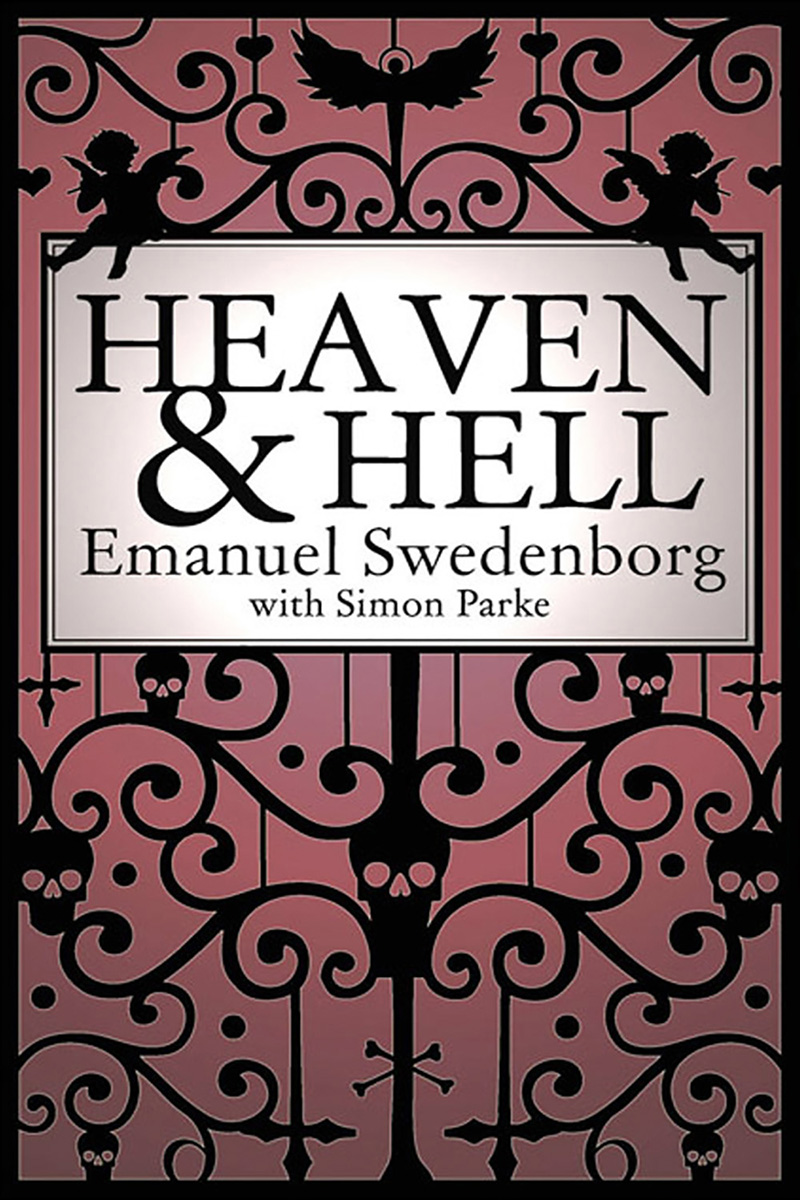Summary
Reader’s note
This is an abridged version of Swedenborg’s original, which is about twice the length. When deciding what to omit, avoidance of repetition was usually the determining factor. Even in this edition he revisits his main themes frequently. The original numbering of the paragraphs has been maintained, however, to enable readers clearly to see which passages have been omitted.
Swedenborg wrote this work in Latin, so it is now two languages away from his native Swedish, (though he could speak English well.) The only editing has been to abbreviate some of his sentences which can creak under the weight of multiple sub-clauses. Thus on occasion, what was originally one sentence might now be three, though the literary style remains that of Swedenborg.
I have also brought some variety to the vocabulary, to free Swedenborg and his ideas from the constraints of the Latin text, and return them to the vivid colors of his visionary experience. The language has also been made inclusive, which I’m sure would have been the author’s 21st century wish.
But the overall purpose of this new edition is not in doubt: it is to make Swedenborg entirely clear, entirely fresh and yet entirely himself.
Simon Parke. London 2010
Heaven and Hell
These themes are visited often in Heaven and Hell, which was published in 1758. It was the result of a series of ‘out-of-body’ experiences given to Swedenborg in which he saw the world beyond and spoke with spirits there. One of the most startling features of the next world is that it has a remarkable likeness to this one – only on a spiritual and not physical level. With Swedenborg playing the role of tourist guide, we discover that in the next life, space and time do not exist as we know them, but spirits there eat, sleep, talk, read books, work and celebrate just as humans do here; but they do so clothed in a spiritual rather than a natural body.
Swedenborg’s vivid descriptions of the people he meets and places he sees, both wonderful and terrible, can’t help but stimulate our thoughts about both this life and the next. And there is a gripping description of the moments after death, when the human spirit leaves the body and enters the world of the spirits, before the journey to heaven or hell.

